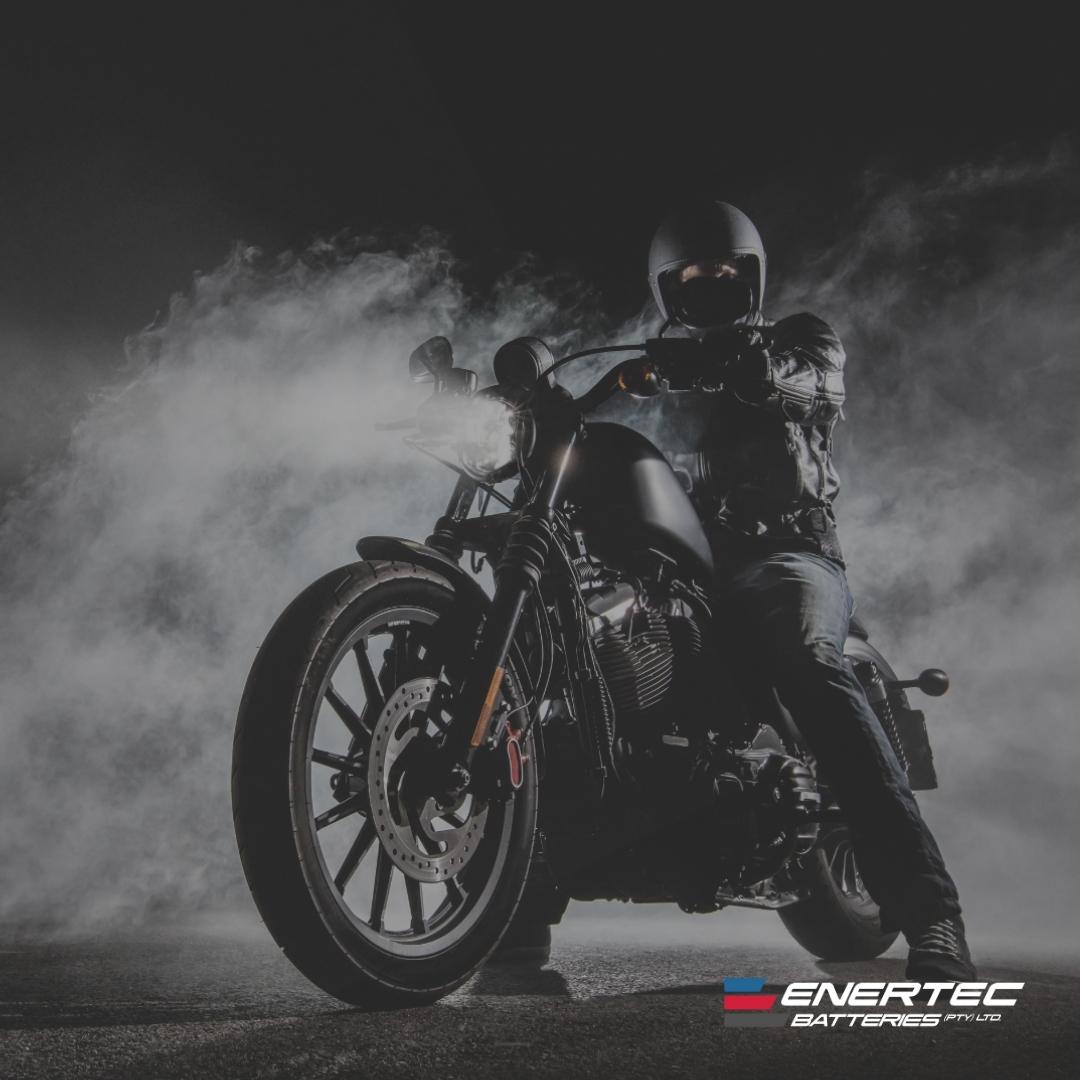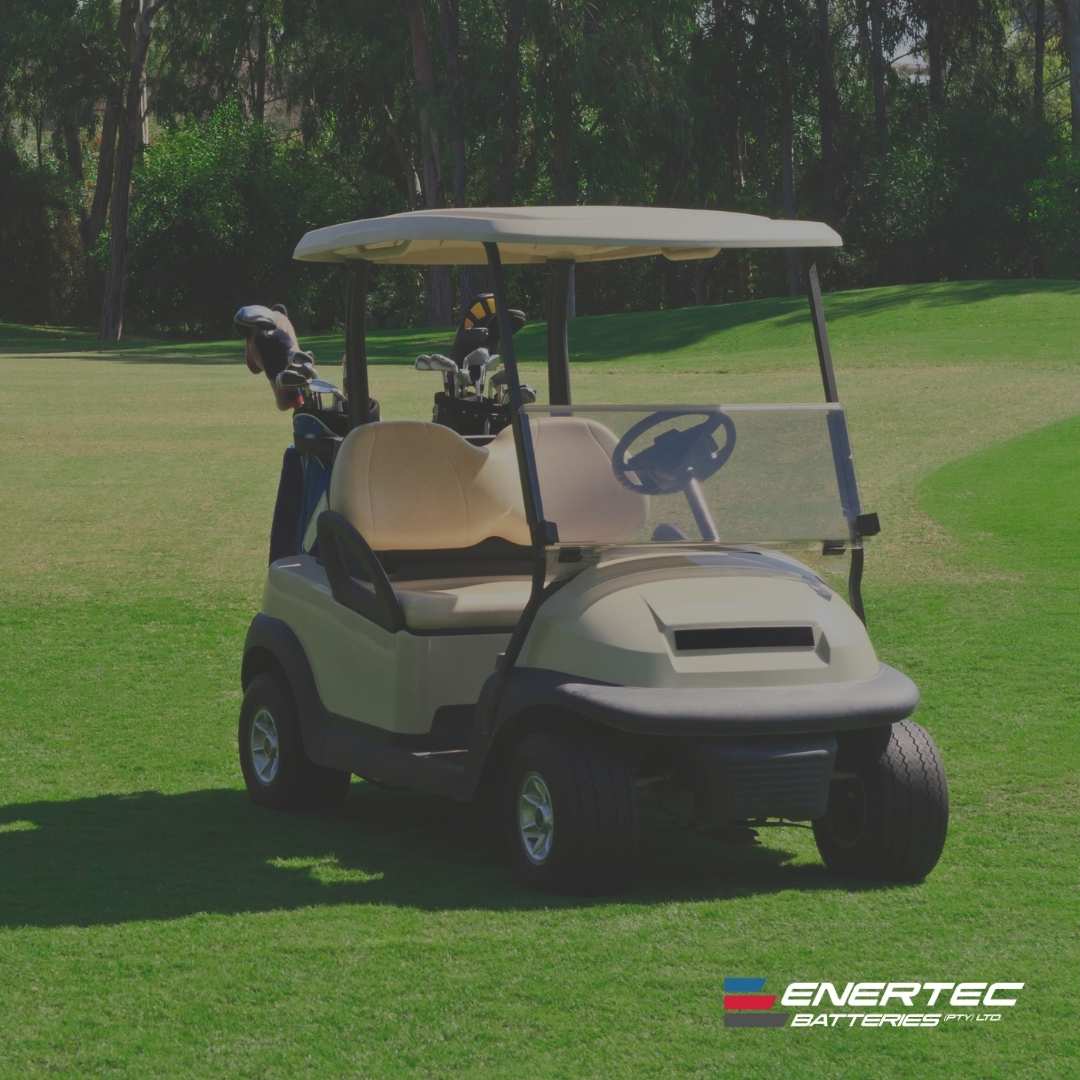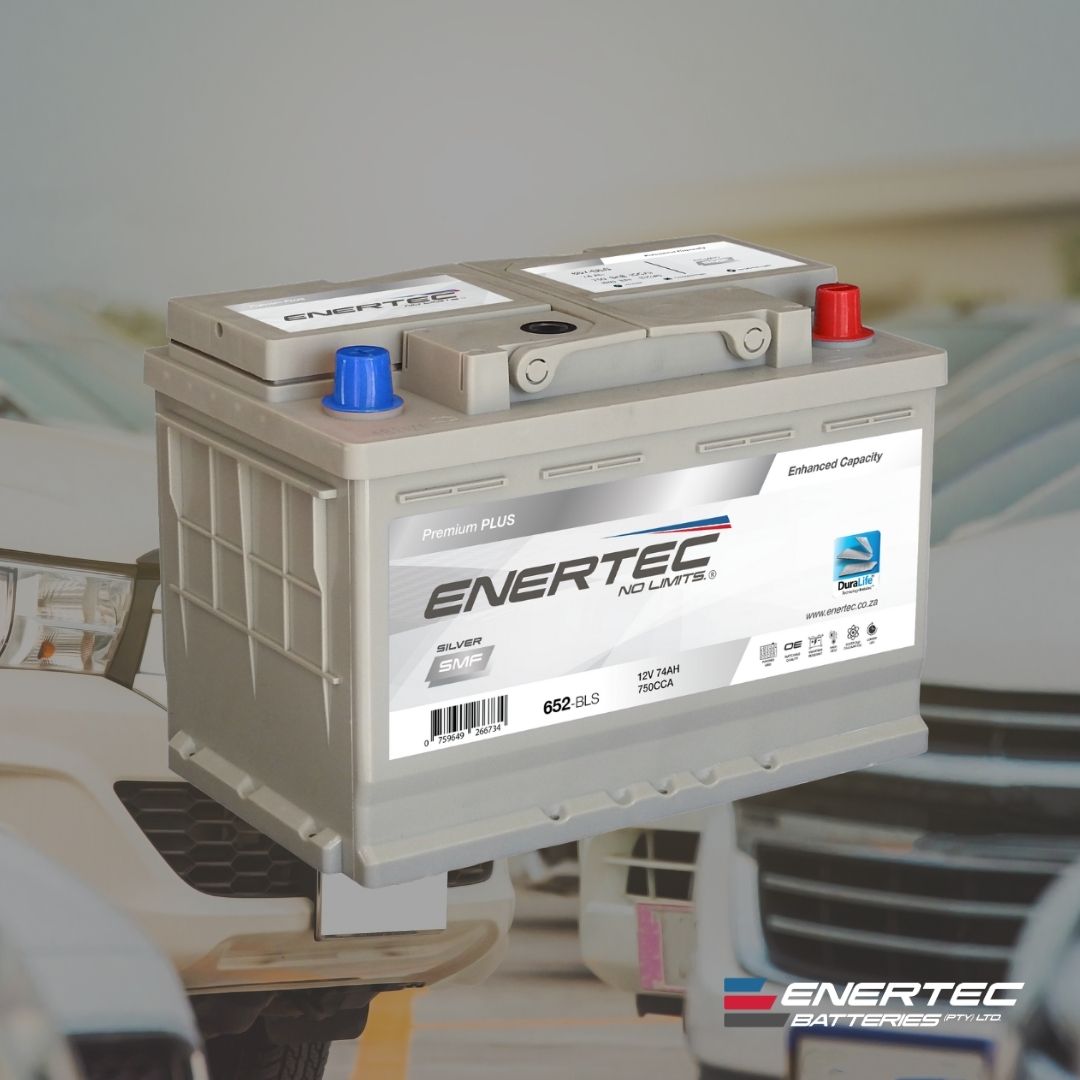2025-08-25 13:47:25
Ultimate Guide to Motorcycle Batteries
Choosing the Right Tech for the Right Ride
Whether you ride a high-performance superbike, a nimble commuter scooter, or a rugged dual-sport, your battery is the heartbeat of your electrical system. It powers ignition, lights, fuel injection systems, ECUs, and, increasingly, rider-assist technologies like ABS and ride-by-wire. Yet it's often one of the most misunderstood and misapplied components.
This guide demystifies motorcycle battery technology, explains how to choose the right one for your bike and riding style, and shares tips for identifying a battery on its way out. Whether you're a rider, technician, or workshop owner, understanding the fundamentals of motorcycle batteries can improve performance, reliability, and safety.
Motorcycle Battery Technologies Explained
Not all batteries are created the same. The technology inside determines not just how a battery performs, but how it should be handled, charged, and maintained. Let’s unpack the main types available on the market today:
1. Flooded Lead-Acid Batteries (Conventional)
- Technology: Electrolyte is freely suspended between lead plates.
- Features: Requires regular topping up with distilled water.
- Pros: Affordable.
- Cons: Susceptible to vibration damage, acid leakage, and self-discharge.
Best for: Entry-level bikes, budget-conscious users, and short-trip commuters.
2. AGM (Absorbent Glass Mat) Batteries
- Technology: Fibreglass mats hold the electrolyte, making the battery sealed and maintenance-free.
- Features: High cranking power, fast recharge, low internal resistance.
- Pros: Spill-proof, vibration resistant, longer service life, holds charge for longer periods.
- Cons: Slightly higher cost than flooded types.
Best for: All applications, but especially sportbikes, superbikes, cruisers, daily riders, delivery fleets — most modern motorcycles.
3. Gel Batteries
- Technology: Silica is added to the electrolyte, turning it into a gel.
- Features: Slow discharge rate, deep cycling ability, digital LED display showcasing state of charge.
- Pros: Can withstand heat, deep discharges, and long storage.
- Cons: Sensitive to charging voltages. It can be damaged by standard chargers.
Best for: Upgradable option on AGM batteries.
4. Lithium-Ion (LiFePO₄) Batteries
- Technology: Lithium-ion phosphate chemistry offers high energy density and long cycle life.
- Features: Extremely lightweight, maintenance-free, low self-discharge, 4 models cover the entire range.
- Pros: 60–70% lighter than lead-acid, fast charging, 5 x longer lifespan.
- Cons: High upfront cost, sensitive to cold, requires compatible charging systems.
Best for: All bike applications.
How to choose the right motorcycle battery
Choosing the right battery isn’t just about size; it’s about performance, fitment, and compatibility with the bike’s charging system.
Key Considerations:
-
Voltage & Amp-Hour Rating: Most motorcycles use 12V systems, but always match the factory specification.
-
Cold Cranking Amps (CCA): Essential for reliable starts, especially on cold mornings or with larger displacement engines.
-
Terminal Orientation & Size: Ensure correct fitment and cable reach. A misfit can damage terminals or short the system.
-
Vibration Resistance: Crucial for off-road, delivery, and older bikes without modern dampening.
-
Charging System Compatibility: Lithium batteries may not be suitable for older bikes with traditional rectifier-regulators.
Match the battery to the motorcycle type:
|
Bike Type |
Recommended Battery Type |
|
Commuter / Scooter |
AGM, Gel, Lithium |
|
Touring / Cruiser |
AGM, Gel, Lithium |
|
Adventure / Dual-Sport |
AGM or Gel (high vibration resistance) |
|
Racing / Track |
Lithium (lightweight) |
|
Classic / Vintage |
AGM or Gel |
Signs a Motorcycle Battery is failing
A failing battery rarely quits without warning. Knowing the early signs can help.
Signs include:
- Slow or laboured engine cranking
- Flickering or dim headlights
- Inconsistent indicator/horn performance
- Clicking noise but no start
- Swollen battery casing
- Rotten egg smell (sulphur)
- Voltage drops below 12.4V when idle
Motorcycle Charging Systems — Why It Matters
Even the best battery won’t last long if the charging system is faulty.
How the Charging System Works:
- The stator generates an Alternating Current while the engine runs.
- The regulator/rectifier converts it to Direct Current and regulates the voltage.
- Battery stores and supplies power during starts and idling.
Common Charging Issues:
- Overcharging: Damages AGM and Gel batteries.
- Undercharging: Causes premature battery failure due to sulphation.
- Loose or corroded terminals: Causes heat buildup and inconsistent charging capability.
Pro Tip: Always test the charging voltage when replacing a battery. A healthy system should output 13.8 –14.5V at 3,000 RPM.
Dealer & Rider FAQs
Q: Can I use a higher capacity battery for better performance?
A: Not necessarily. Using a larger battery than specified can overload the bike's charging system. It might not be possible to fit a higher specified battery if the dimensions are not consistent with the battery housing.
Q: Do lithium motorcycle batteries need special chargers?
A: No. It is better to use a charger compatible with LiFePO₄ to maximise full capacity charging. Normal smart chargers may be used, but these may not necessarily recharge the battery to full capacity. There is no damage done to the battery.
Q: How long do AGM motorcycle batteries last?
A: On average, 3–5 years with proper care. Riding frequency and charging health are major factors.
Q: Is trickle charging safe for motorcycles in winter?
A: Yes, especially with smart intelligent chargers. Avoid unregulated trickle chargers that can overcharge small batteries.
Q: My bike sits for weeks — what should I do?
A: Disconnect the battery or use a smart charger. Batteries lose charge over time, especially in cold weather. When using an intelligent charger for a maintenance charger, the battery does not need to be disconnected from the motorcycle.
Conclusion: Power Up With Enertec
Whether you're stocking batteries for superbikes, scooters, or classic rebuilds, Enertec supplies premium motorcycle batteries that dealers and riders trust.
- AGM, Flooded, Gel & Lithium Options
- OE-Quality Brands
- Fast National Distribution
- Fitment Guidance & Technical Support
- Intelligent battery chargers ideally suited for motorcycle batteries.
As the riding season kicks off this spring, make sure your workshop or dealership is stocked with batteries built for performance, reliability, and rider confidence.


